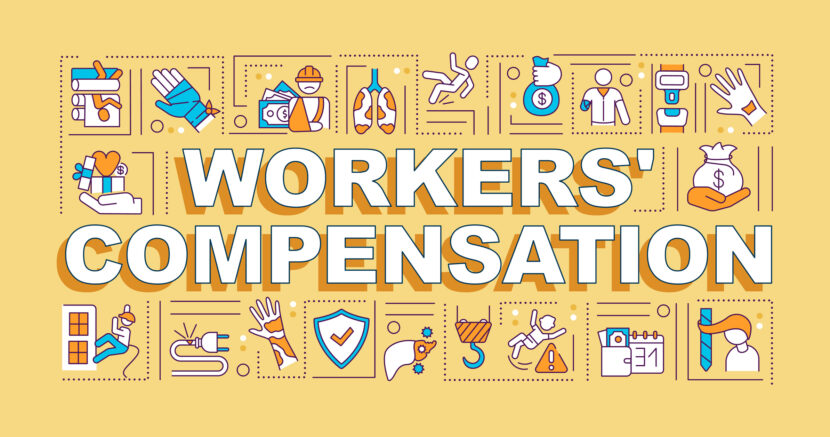Worker’s compensation is a significant part of a moving company’s expense. So, keeping your worker’s comp premium low can put thousands back in your pocket. In this article I will help you understand worker’s compensation insurance, how premium is calculated and what concrete steps you can take to reduce your risk exposure and premium.
What is worker’s compensation insurance? What does it cover?
Worker’s compensation is a liability insurance that covers medical costs and lost wages when an employee is injured at work. Injures could be direct, physical injuries or disease. Most worker’s compensation policies also have a built in Employer’s Liability coverage, which covers employee legal liability and defense cost if a legal claim is filed.
Worker’s compensation coverage limits?
Typically worker’s compensation coverage caps at $1,000,000 and this limit can be increased by purchasing an umbrella policy that covers over the underlying policy limit. Umbrella coverage is recommended for larger employers or for high risk employees.
How worker’s compensation premium is calculated?
Worker’s compensation premium is calculated based on the following 3 factors:
- Employee job classification/industry
- Size of company’s payroll
- Company’s claims experience or experience modification
Insurance companies file their base rates with the department of insurance for each classification they insure. The base rates vary depending on the insurance company’s risk assessment for a particular class code. In California, the base rate for moving companies range from 8.43-39.79 and the company’s underwriters can increase the cost based on experience modification or apply discounts. Therefore, it is important that you work with an insurance agent that can find the lowest rate for your company.
How experience modification is calculated?
Your worker’s compensation experience modification rate (EMR) is the experience or risk rating of your company. All companies start out with a risk factor rating of 1.0 and as they qualify for rating, this number can increase or decrease based on the rating factors. So, lets take a company that has $200,000 in payroll and is insured with a company that has a filed rate of 10 (see above for filed rate explanation) and this company has an experience modification of .75. Their worker’s comp rate will be calculated as $200,000 x .10 x .75=15,000 (this is before taxes or additional discounts). now if the same company has a experience modification rate of 1.25, their worker’s comp cost will be $200,000 x .10 x 1.25=25,000
See how much difference your experience modification can make? Now let’s take a look at how experience modification is calculated and how you can keep it low.
The formula for calculating your experience rating is:
Experience modification rate=(Actual primary losses+ Expected excess losses)/Expected losses
The numbers above are derived from your company’s past loss history (typically 3 years), your company’s payroll (last audited payroll reported by your insurance company) and an industry average expected loss rate (2022 mover class 8293 expected loss rate is 4.89). While the actual numbers are a bit complicated and I don’t want to go into details in this article, you can read in more details here. But, in order to achieve the lowest modification rate you must keep your losses low (see below on how you can lower your risk and keep losses low) and your expected losses high. The expected losses are calculated by dividing your total payroll for the classification (from last audited payroll report) by the assigned expected loss rate. So, if your company payroll for the mover class code is $200,000 and the current loss rate is 4.89, your expected losses are $40,899
How can you reduce your worker’s compensation premium?
Since the worker’s compensation rate is largely affected by your experience modification and your company’s overall approach to employee safety, you must take steps to ensure your employees overall safety and awareness, thus minimizing your claims. Here are some steps to take to minimize your worker’s compensation risk exposure:
- Start by hiring the right employees for your company. Pay attention to their endurance, lifting ability and ask about their previous safety record.
- Create a written safety plan (you can ask your insurance carrier if they can provide or contact OSHA for guidance)
- Hold regular safety meetings to review company safety procedures
- Encourage employees to stretch, exercise before beginning work: Many worker’s compensation claims stem from muscular pains.
- Use proper lifting techniques
- Reward employees for following rules and staying injury free
- Encourage use of proper equipment and tools (gloves, slip free shoes, back braces, etc)
- Develop a return-to-work program
- Instruct employees not to take risk and use safest way approach
- Have a thorough accident reporting and review process
Want to see how much we can save you on your worker’s comp insurance? Get a free price indication
or schedule a free consultation to discuss your worker’s comp needs
